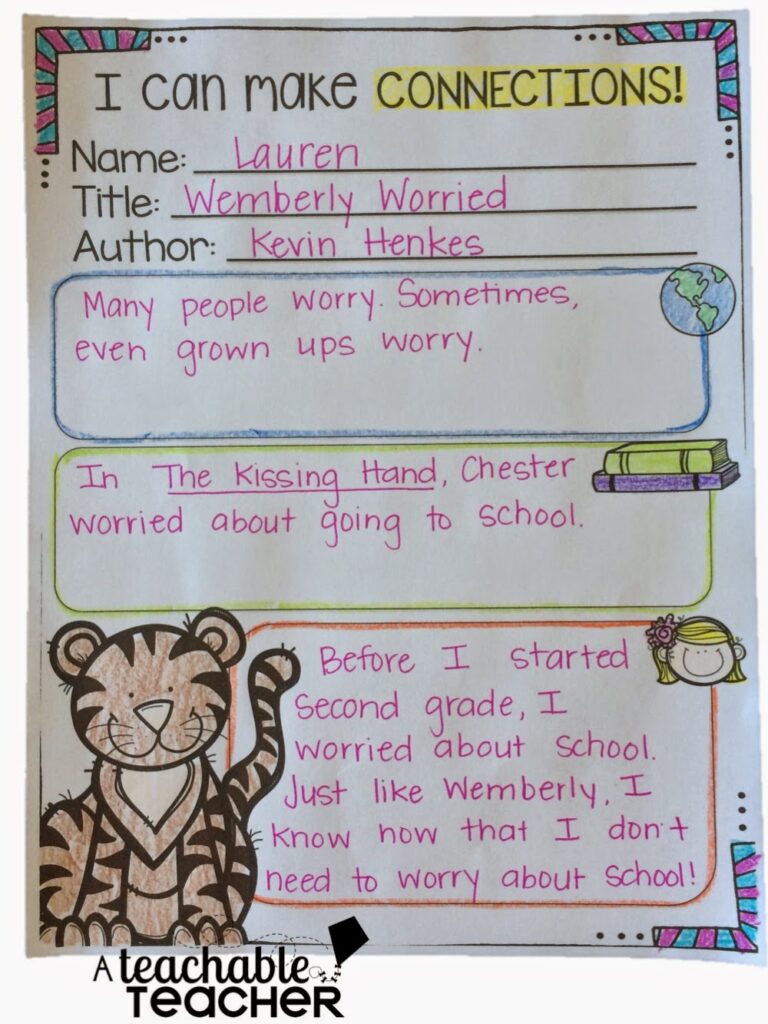When it comes to reading comprehension, we teachers need to be on our “A” game. These skills are are so important but can be so hard for our students to grasp. I love using these animal style reading comprehension strategies to make comprehension “stick.”
Teaching students how to think is never an easy task. Our curriculum focuses on one reading comprehension strategy with each weekly story.
I don’t know about you, but explicitly teaching the reading comprehension strategy on top of the phonics skill, and intervention, and common core math has not been on easy task!
(Especially when you consider that the curriculum includes a total of zero engaging ways to teach such skills. 🤪)
Have you ever heard, Necessity is the mother of invention? It’s so true! I started the year racking my brain for a better way to teach students how to question, predict, and draw conclusions in a FUN way.
Not only do I want them to know the strategy, I want them to start using these skills on their own.

Engaging and Fun Animal Style Reading Comprehension Strategies
After spending a week learning about bears in class, I had an idea. I could teach the strategies: Animal Style!
I started with posters. Then, in order for the posters to teach them something, I made a fun poem for each strategy. Instead of me teaching the strategy, the animal is teaching it!
My kids get such a kick out of this! 👏
My class LOVES LOVES LOVES poems, songs, and anything we get to recite chorally.
Good thing us primary teachers know how to rhyme. 😉

When I introduce the poster, we look at the animal and it’s name and the text. Then we chant the little poem together. We discuss what the chant means and how it applies to the book we are reading.
“Predicting Panda says, ‘Look at the text and think about what will happen next!'”

Using These Engaging Strategies
I display the posters on our focus wall board. I also created them in a smaller size that can be cut and laminated. Then I put them on rings so my students could have a copy.
They are perfect for reinforcing the strategies in our small groups. I also keep a few sets in our classroom library! #ilovetinycutethings 🥰
Bookmarks
An additional way to reinforce learning and keep these strategies at the forefront of their mind is to print out these bookmarks. Each of my students has a reading strategies bookmark to keep in their reading book.
Once we have learned all the strategies, I’m going to send a set home too. 🙌 Thanks to my genius friend Hadar for the brilliant bookmark idea!
Graphic Organizers
After chanting and displaying our poem, I model what the animal is trying to teach us.
I think aloud, and we fill out a graphic organizer together. I love that they can be used with fiction and nonfiction texts!
Flip Books
There are also super fun and engaging flip books for each strategy. These can be printed on one piece of paper!
Filling these out independently or in a small group can improve reading comprehension by using specific strategies.
Have I mentioned they require no prep? My students always ask, “How many flip flaps do we get to make today?” I’m not sure they realize each “flip flap” is another question to answer… 😉
How does this Improve Reading Comprehension?
One thing I love about these strategies is that they require higher order thinking. Students have to think critically to fill in the organizers and fiipbooks. The prompts are guided them to a deeper understanding of the text they have just read.
That being said, it is so important that we model, model, model! I do these together with my students many times before I ask students to complete them on their own.
Once students do start completing them on their own, they are great for differentiation. I only make one set of copies, but I can ask some groups to draw a picture, some to write a few words, some to write a few sentences…yet they are all working on the same skill. #teacherwin
Between the visuals, the poems, the modeling, the graphic organizers, the flip books, and the bookmarks, my students are becoming reading comprehension EXPERTS!
If you want to teach Reading Comprehension Strategies – Animal Style, you can find all of these resources here!
How do you teaching reading comprehension strategies in your classroom? Have you tried using animals before? 🐯🐼 Let me know your favorite activities below! 👇


















Lauren,
Your blog looks AMAZING and so professional! Super impressed!
Kristen
Thanks Kristen!! 🙂
LOVE this!!! It's one of my favorites!
Thanks Hadar! YOU are one of my favorites! 🙂
Lauren
Hi! I just nominated you for the Liebster Award. Check out my blog for more details. Love your blog!
Liebster Award Nomination, Part Two
Jasmine H.
The Dots of Teaching
Oh my gosh those posters are so darn cute I can't even handle it! Great job!
Miss Giraffe
Thanks for this post. I've just bought your Reading Comprehension pack, and it's nice to see how it's being used in your classroom. I thought I better do something different with reading comprehension, as I'm moving from kindergarten to 2nd grade next year (well – moving from Primary 1 to Primary 3 in Scotland, but those are the equivalent American grades!).
I've just started a blog (Monday Morning Teacher), and I've blogged today about getting all of your Reading Comprehension materials ready to go for next year (with a link to your store). I'll let you know when I put it into practice in my classroom, particularly if I blog about it! Thanks again for all your hardwork.
These look amazing! I can’t wait to add them to my reading instruction for next year!
Our current reading series emphasizes inferencing quite a bit. Do you have any tips or tricks for teaching first graders to infer? It’s so tough for them…
Thank you!
Hi Crystal! I hope you find them as useful as I do. I currently do not have a blog post about inferencing for firsties. I agree, it is REALLY hard to teach them that skill. I try to focus on ways they already make inferences, even though they don’t realize it. For example, I’ll change my facial/body expression and ask them to explain how I am feeling and how they know…from there we move on to applying it in the text. I hope that helps a little! I’ll add inferencing to my blog post to-write list. 😉 Thanks for stopping by!
Lauren
Thanks for getting back to me! For inferencing in text my go-to trick is:
Clues in the text + What you already know = Figuring out new ideas.
I usually draw a picture of a book + brain = light bulb or thought bubble as a visual equation for them to follow. But I’m always looking for new ideas. Thanks for adding it to your blog list!